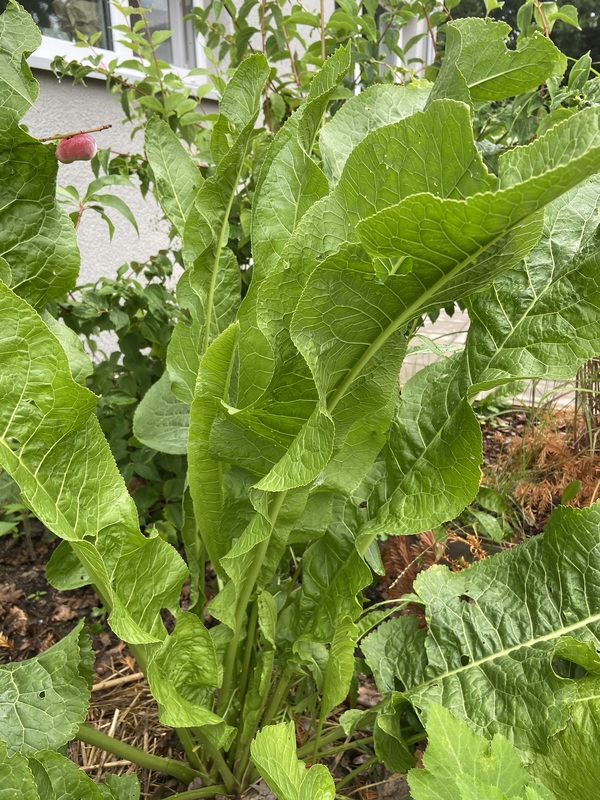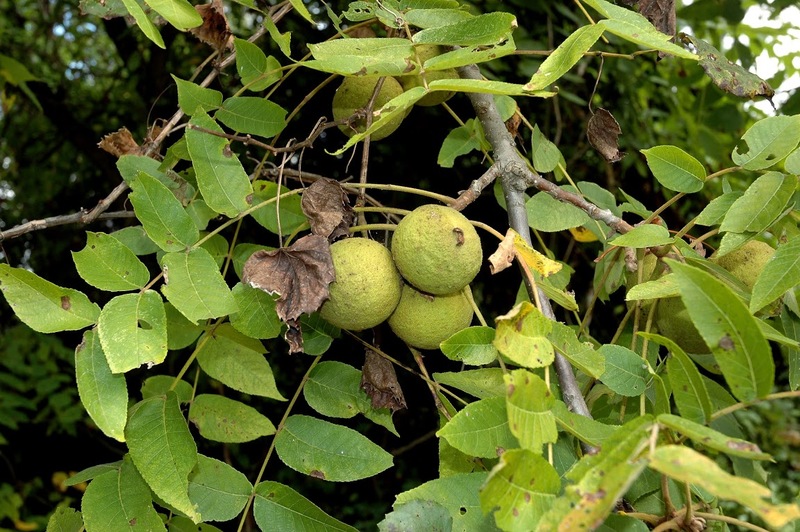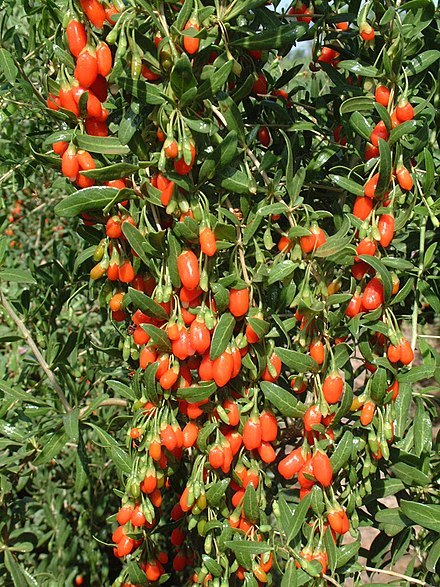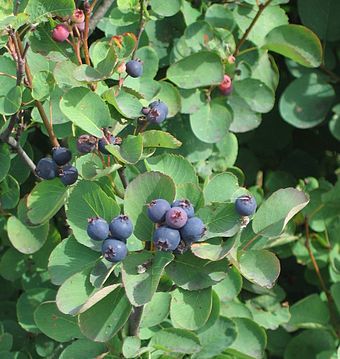Description
The almond is a small tree native to the Middle East and South Asia. It is a member of the rose family, and produces pink or white flowers that bloom in the spring. The tree has long, thin leaves and a smooth, gray bark. It typically grows to a height of 10-20 feet and has a spreading, branching habit.
The almond is distinguishable from other trees in the Prunus genus by its elongated, oval-shaped leaves and its edible seeds, which are encased in a hard, woody shell. The seeds, commonly known as almonds, are a rich source of protein and vitamins, and are often used in cooking and baking.
In terms of cultivation, almonds prefer well-draining soil and full sun exposure. They are generally considered to be winter hardy, but may need to be protected from extreme cold in certain regions. To ensure successful growth, it is important to regularly water the tree and provide adequate fertilization.
In terms of use, almonds are highly valued for their culinary and medicinal properties. The seeds can be eaten raw, roasted, or ground into flour, and are commonly used in a variety of dishes, including pastries, sweets, and savory dishes. The oil extracted from almonds is also used in cosmetics and skin care products.
Additionally, almonds are known to have several medicinal properties. For example, they have been shown to help lower cholesterol levels and improve heart health. They are also used as a natural remedy for constipation and other digestive disorders.
In terms of wildlife, almonds are an important food source for birds and small mammals. They provide a valuable source of nutrients and energy, and are often sought out by animals during the winter months.
Overall, the almond is a versatile and valuable plant that is widely appreciated for its culinary, medicinal, and ecological benefits.





